How to Build a Home Services App in Australia
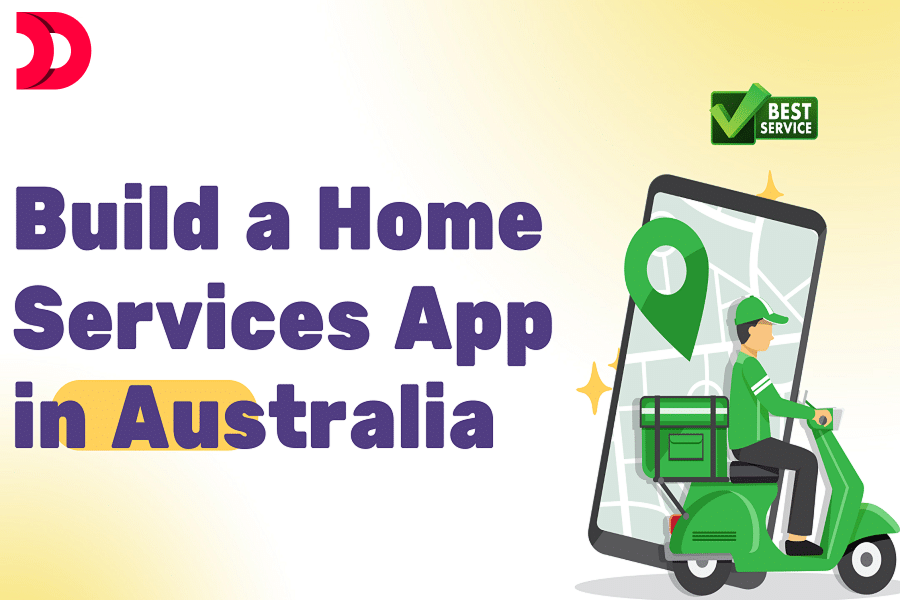
Building a home services app in Australia, such as one connecting users with cleaners, plumbers, electricians, or gardeners, requires careful planning, technical expertise, and an understanding of the local market. This guide provides a step-by-step approach to creating a successful home services app tailored to the Australian audience.
- Understand the Australian Market
The home services industry in Australia is booming, driven by busy lifestyles and a growing demand for convenience. Research the market to identify:
- Popular Services: Cleaning, plumbing, electrical work, and gardening are in high demand, especially in urban areas like Sydney, Melbourne, and Brisbane.
- Target Audience: Homeowners, renters, and property managers in metropolitan and suburban areas.
- Competitors: Analyze apps like Airtasker, Hipages, and Oneflare to understand their features, pricing, and user experience.
- Regulations: Ensure compliance with Australian labor laws, tax regulations, and consumer protection standards (e.g., Australian Consumer Law).
- Define App Features and Functionality
A home services app should be user-friendly and efficient for both customers and service providers. Core features include:
- User Profiles: Separate interfaces for customers (booking services) and providers (managing jobs).
- Service Listings: Categories for services (e.g., cleaning, plumbing) with descriptions, pricing, and availability.
- Booking System: Real-time scheduling with calendar integration and confirmation notifications.
- Payment Gateway: Secure payment processing (e.g., Stripe, PayPal) with support for AUD and compliance with PCI DSS.
- Reviews and Ratings: Feedback system to build trust and ensure quality.
- Geolocation: Location-based search to connect users with nearby providers.
- Push Notifications: Alerts for booking confirmations, job updates, and promotions.
- Admin Dashboard: Backend for managing users, disputes, and analytics.
Optional features: Chat support, service provider verification, and subscription plans for premium services.
- Choose the Right Technology Stack
Select a tech stack that ensures scalability, performance, and a seamless user experience. A recommended stack for a home services app includes:
- Frontend: React Native or Flutter for cross-platform iOS and Android apps.
- Backend: Node.js with Express or Django for handling API requests and business logic.
- Database: PostgreSQL for relational data (users, bookings) or MongoDB for flexible schemas.
- Cloud Services: AWS or Google Cloud for hosting, storage, and scalability.
- APIs:
- Google Maps API for geolocation and distance calculations.
- Stripe or PayPal API for payments.
- Twilio for SMS notifications.
- Authentication: Firebase or Auth0 for secure user login and verification.
For rapid development, consider low-code platforms like Bubble or Adalo, but they may limit customization.
- Design the User Interface (UI) and Experience (UX)
A clean, intuitive design is critical for user retention. Follow these principles:
- Simplicity: Use clear navigation and minimal steps for booking (e.g., select service, choose provider, confirm).
- Branding: Incorporate Australian elements (e.g., local imagery, slang) to resonate with users.
- Accessibility: Ensure compliance with WCAG standards for users with disabilities.
- Prototyping: Use tools like Figma or Adobe XD to create wireframes and mockups before development.
Test the UI/UX with real users in Australia to gather feedback and refine the design.
- Develop the App
Follow an agile development process to build the app efficiently:
- Minimum Viable Product (MVP): Start with core features (e.g., booking, payments, profiles) to launch quickly and test the market.
- Frontend Development: Build the mobile app using React Native or Flutter for a consistent experience across iOS and Android.
- Backend Development: Set up APIs for user management, bookings, and payments.
- Integration: Connect frontend to backend APIs and third-party services (e.g., Google Maps, Stripe).
- Testing: Conduct unit, integration, and user acceptance testing to ensure functionality and performance.
- Find Developers in Australia
Hire skilled developers to bring your app to life. Options include:
- Freelancers: Platforms like Upwork or Freelancer to hire Australian developers with expertise in React Native or Flutter.
- Agencies: Engage local agencies like Appello (Sydney) or DreamWalk (Melbourne) for end-to-end development.
- In-House Team: Recruit developers via Seek or LinkedIn, especially for long-term projects.
Expect costs of $50–$100/hour for freelancers and $100–$200/hour for agencies. An MVP may cost $20,000–$50,000, depending on complexity.
- Ensure Compliance and Security
Protect user data and comply with Australian regulations:
- Privacy: Adhere to the Australian Privacy Principles (APPs) under the Privacy Act 1988. Implement GDPR-compliant practices for global users.
- Security: Use HTTPS, encrypt sensitive data, and conduct regular security audits.
- Licensing: Verify that service providers have necessary licenses (e.g., electrical or plumbing certifications).
- Launch and Market the App
Deploy the app on the Apple App Store and Google Play Store, ensuring compliance with their guidelines. Promote the app through:
- Digital Marketing: Use Google Ads, social media (Facebook, Instagram), and SEO to target Australian users.
- Local Partnerships: Collaborate with real estate agencies or property managers to promote services.
- Incentives: Offer discounts or referral bonuses to attract early users.
- Monitor and Iterate
Post-launch, track performance using tools like Google Analytics or Mixpanel. Gather user feedback to add features (e.g., in-app chat) and fix bugs. Regular updates will keep the app competitive in Australia’s dynamic market.
Conclusion
Building a home services app in Australia involves understanding the market, selecting the right technology, and delivering a seamless user experience. By starting with an MVP, hiring skilled developers, and focusing on compliance and marketing, you can create a successful app that meets the needs of Australian users. Begin by drafting your project scope and connecting with developers today!
Let's build or improve your Digital Product
Transform your digital vision into reality with our expert services, guiding you to build a cutting-edge digital product that exceeds expectations and empowers your business for success.
Let's talk





.svg)

.svg)


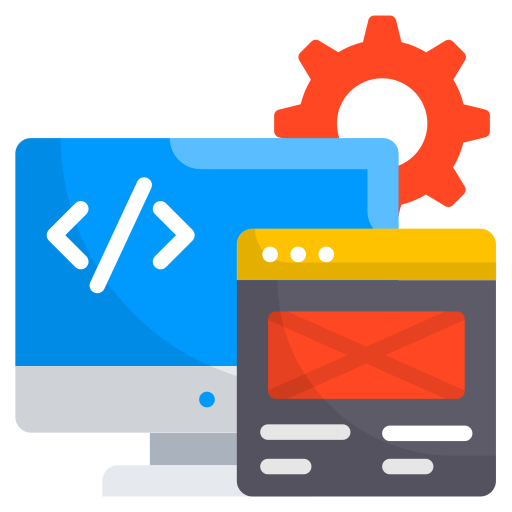


.png)
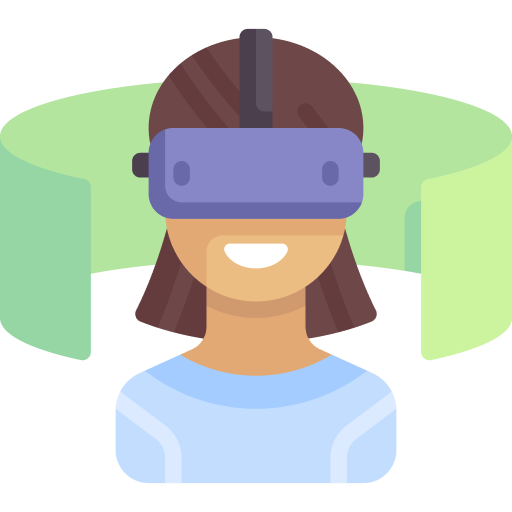
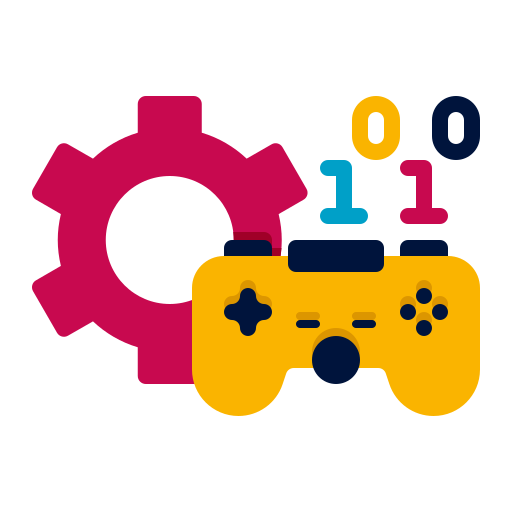
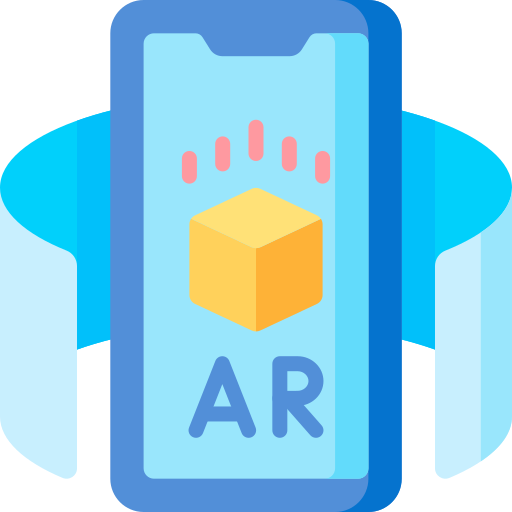
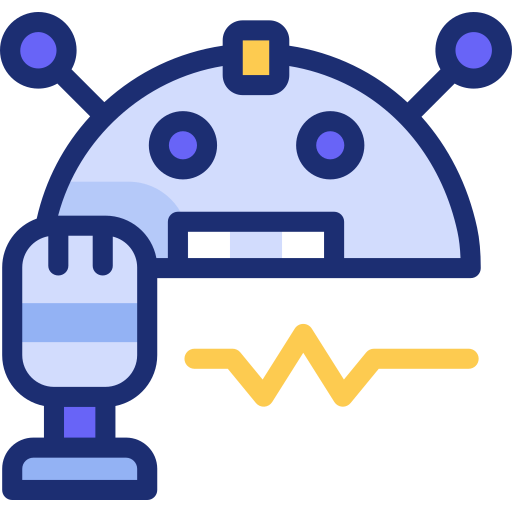




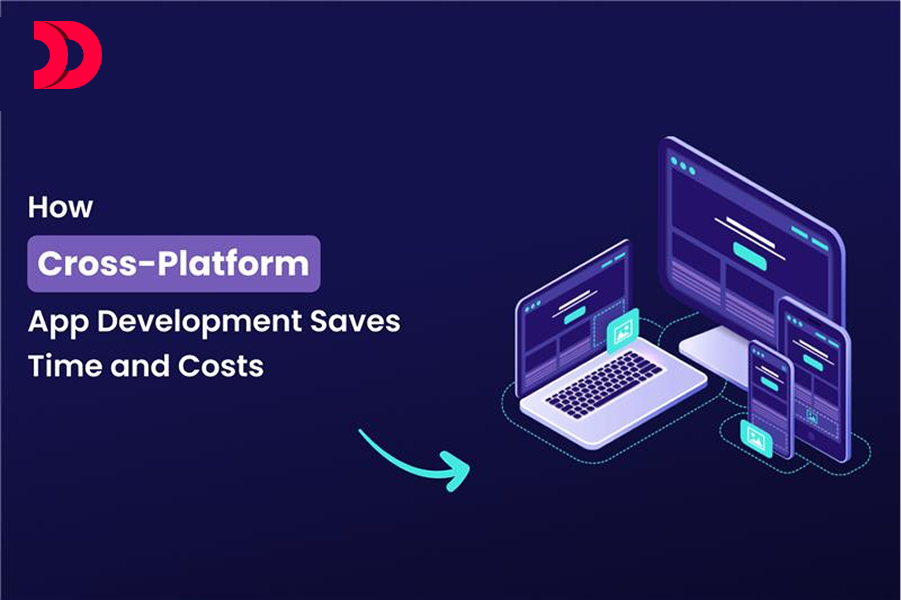




originil.webp)

originil.webp)

